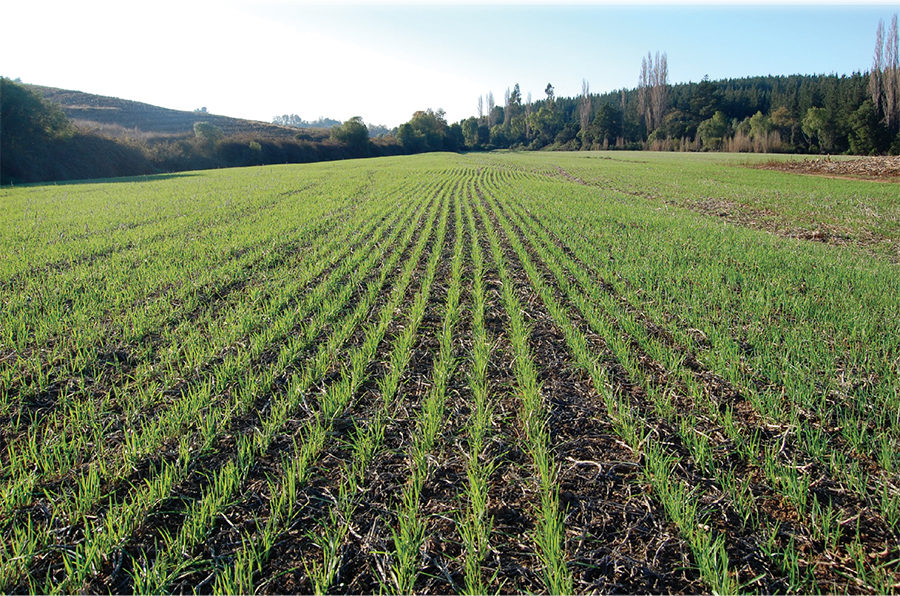No-Till Farmer
Get full access NOW to the most comprehensive, powerful and easy-to-use online resource for no-tillage practices. Just one good idea will pay for your subscription hundreds of times over.

To gauge the world’s supply of arable farming acres, an agricultural expert once compared Earth to the size of an apple, cut into 32 slices. The number of acres suitable for food production represents only one slice, and the apple’s skin represents the world’s supply of topsoil.
With the world’s population expected to hit 9 billion by 2050, food production may have to increase by 70% of present values to meet the demand, and be done with a limited amount of natural resources. Farmers who don’t address erosion or degrade their soils might someday be forced to quit producing crops, says Rolf Derpsch, a Paraguay-based ag consultant and world authority on no-till.
“On the other hand,” he adds, “no-till is the only farming system known today that fully meets the requirements of sustainable agricultural production — even under extreme soil and climate conditions. For this reason, a sustained growth of the no-till system is expected in the future.”
No-till farming has grown steadily across the globe since the first experiments took place during the 1940s.
Derpsch estimates there are 117 million hectares, or 289 million acres of no-till practiced worldwide. Argentina, Brazil, Australia, Canada and the U.S. comprise 92% of those acres.
The U.S. once had more than 50% of the no-till acres worldwide, but the practice exploded in South America during the 1990s as weathered soils showed a quick response to no-till planting and cover crops.
In the U.S. and Canada, Derpsch expects to see moderate but continuous growth…